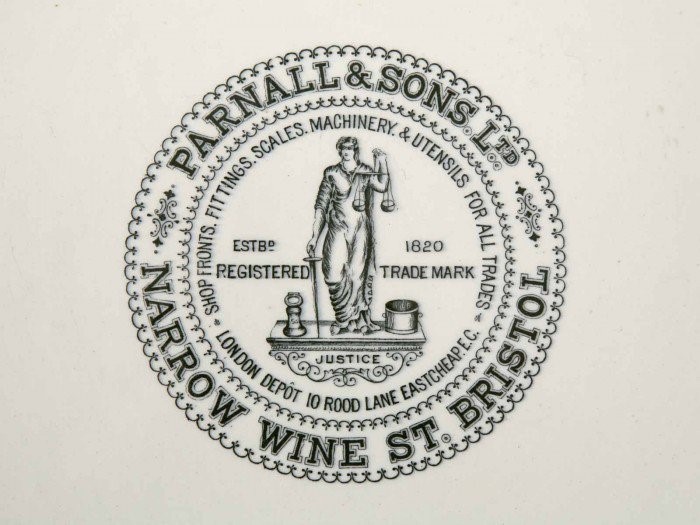It is a little-known fact that many of the milestone flights of early aviation were performed by women. As women were not allowed to fly in the military, those who wished to enter the flying profession had to find other ways into aviation. Ultimately these restrictions forced women to find even more daring and spectacular ways to make careers out of flying. During the 1930s in particular, there were a host of aviatrixes who challenged, bettered and broke the records of their male counterparts. A lucky few such as Amelia Earhart would become household names, but others less well-known will nevertheless go down in aviation history for their fearless and pioneering actions and tireless commitment to transforming public attitudes.
Bessie Coleman

Many women would gain notoriety through long-distance and exploratory flying during the 1930s, but an important precursor was the revolutionary stunt-flyer Bessie Coleman. Born in 1892, Coleman was of African American and Native American descent, and encountering not only her gender but her race as a major barrier to achieving her dreams of flying in the US, travelled to France under a sponsorship to obtain her pilot’s license. ‘The air is the only place free from prejudices,’ she wrote, and although she died in a crash in 1926, Coleman planned to open a flight school to train pilots from African American ethnicity. In order to make a living as a pilot Coleman became a stunt-flier under the stage name Queen Bess, where she achieved great success, but the lack of opportunities for pilots outside of the military meant that her ability and funding to fly was scarce and short-lived.
Amy Johnson

However, opportunities for aviators increased when planes became better equipped to endure long distances, and in the 1930s, a rush of first-time transcontinental flight records began to be broken, many by women. The first woman to fly solo from England to Australia, and a jewel in the crown of British aviation, was Amy Johnson, born in Hull in 1901. On 5th May 1930 she set off in her de Havilland Gipsy Moth from Croydon Airport and, 19 days later, landed in Darwin, Australia. She was awarded the Harmon Trophy for outstanding achievement in aviation for her feat.
Jean Batten

The Gipsy Moth was an iconic model of aircraft, and perhaps due to their cheap availability second-hand at the time, was the plane of choice of several female aviators, among whom Johnson’s successor to the Australian record, Jean Batten. Batten, nicknamed ‘The Garbo of the Skies’ was to break Johnson’s record for flight time to the Australasian continent in 1936, shaving off four days from her predecessor’s journey. This followed two unsuccessful, but highly dramatic attempts at the same feat, and her determination earned her the nickname of ‘The Try Again Girl.’ She would eventually complete the first solo flight from England to New Zealand, where she had been born, and was made an honorary chieftain of her hometown of Rotorua. A large part of Batten’s reputation was her glamourous appearance. She always brought a white silk dress in the cockpit on record-breaking flights, and never left the plane without touching up her lipstick. Batten showed that being a woman and a pilot were not two conflicting occupations but could work to each other’s advantage, as Batten leveraged her beauty to gain celebrity and pursue her passion with greater financial freedom and ease.
Beryl Markham

Although financial difficulties were not the concern of Beryl Markham, raised in the then-British colony of Kenya and mixing with the famously hedonistic Happy Valley set, she would combine flying with an attempt at converting her experience into literature. She was the first solo pilot to complete the reverse of Amelia Earhart’s transcontinental journey, crossing the Atlantic in one swoop from East to West. Her adventures inspired her memoir West with the Night, which caught the attention of American author Ernest Hemingway, who praised her literary abilities, but criticised her stuck-up character. Whether this was insight or sexism is left for history to decide.
These intrepid pioneers of 1930s aviation pushed contemporary machinery to its limits, showing us how small the world could become with a dose of creativity, determination and courage. Figures like Coleman, Batten, Markham and Johnson not only made leaps and bounds in the business of flight, but showed us a picture of female freedom at its ecstatic limits.

